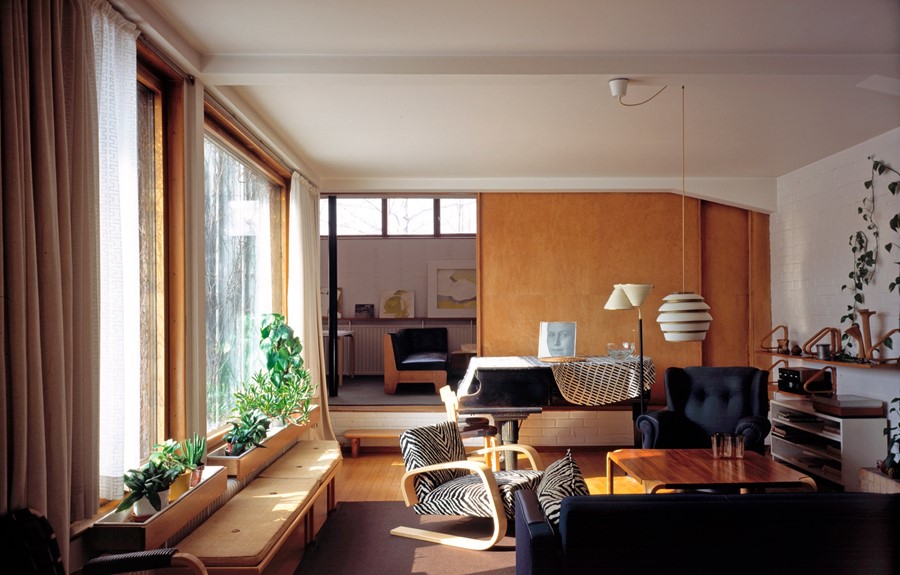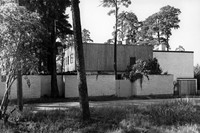The husband-wife duo's pioneering design concept permeated every corner of their lives, not least their refined Helsinki home, which still stands untouched today
Finnish architects and furniture designers Aino and Alvar Aalto had long believed in the integral crossovers between art and technology when they established furniture design company Artek, alongside Nils-Gustav Hahl and Maire Gullichsen, in 1935. The core principles of the Finnish company were based around investment in material research, quality and sustainability. In short, by producing rational furniture, the foursome hoped to promote modern visual art and popular education.
Theirs was an innovative and influential concept. Their furniture combined form and function, incorporating sculptural simplicity with a softness and adaptability to work with the human form. This was informed by new methods Alvar Aalto had invented for bending and splicing wood. In time, his developments in these areas would alter the shape of modernism – they have since been dubbed "everyday modernists" – and enable them to build their dynamic designs.
One early example, developed just prior to the founding of Artek, was the Paimio Chair – a piece designed for the Aaltos' Paimio Sanatorium for tuberculosis patients. The chair was made from cantilevered birch wood, and in an innovative new twist, had a seat angled for optimum ease of breath – a key facet for the centre's patients.
In addition to its clever chair designs, the Paimio Sanatorium was one of the Aaltos' first projects to exhibit their ethos of 'total design', as well as their interpretation of the International Style, which placed modernist thinking within the context of ancient cultures, Finnish traditions and new knowledge. This meant planning and designing everything about a place, from its location and architecture through to the interior layout and decor, not to mention the signage, furnishings and textiles.
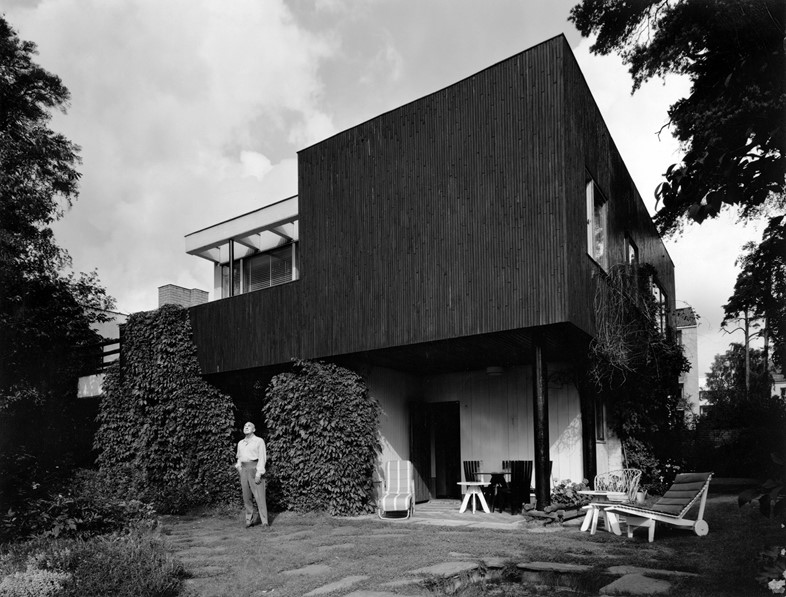
Naturally, the Aaltos' interest in experimenting with form, function and material extended to their creation of their own home – the Riihitie House in Helsinki – which became a kind of live-in, experimental laboratory. The house presented them with an opportunity to work out their ideas, and to develop a quiet monument to their principles and prowess.
Riihitie House was designed to face away from the street, opening out onto a wild garden on its south side and cocooning the property from both the Finnish weather and passers-by at its north. The overlap with nature was key for both a better quality of life and in creating a synergy between the house's exterior surroundings and the design of the interiors and furniture – a core modernist value. Birch wood, the curvature implicit to natural forms and sunlight, informed the pacing of the rooms as well as the design of individual pieces. Sunlight was employed as a sort of signpost to guide people through the house, and encourage them to convene at certain points, such as the vast living space on the ground floor, or the central lounging area and terrace on the upper.
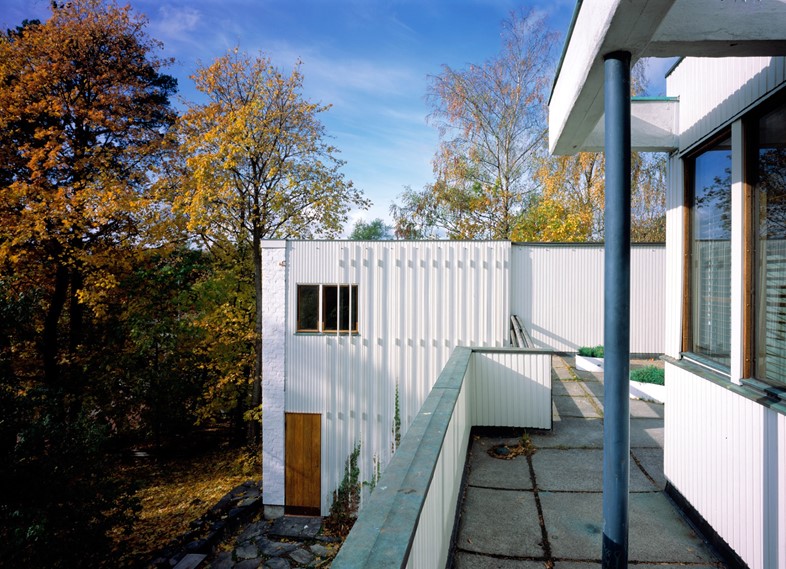
Attached to the house was the Aaltos’ first studio, made with contrasting materials to the private space, and divided with a sliding door, inspired by traditional Japanese interiors, that linked the work space to their sunken living room. The space was decorated with their Artek furniture, upholstered in zebra-skin and navy wool, as well as Alvar’s favourite armchair – an unusually sturdy piece that looked somewhat out of place in the otherwise refined environment but was included, unashamedly, for the sake of comfort. This lack of distinction may be what sets the Aalto’s apart: their concerns were greater than aesthetics. Despite being purveyors of 'total design', human experience always came first.
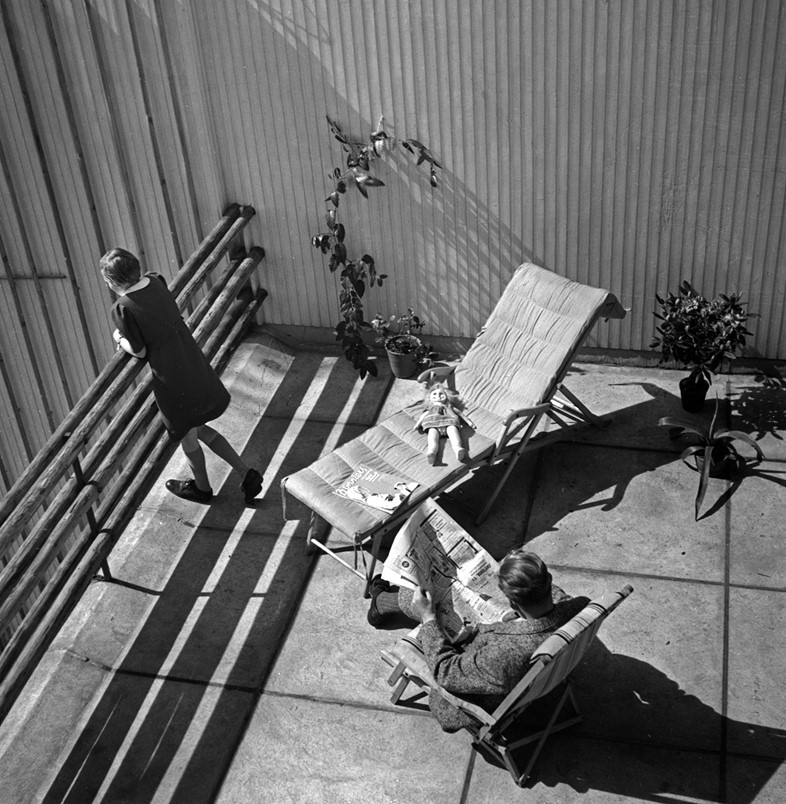
The influences which pervaded the house collaged together different materials and references, to reflect the broader adoption of collage in the arts. It also incorporated the Aaltos' interpretation of the International Style, which meant technical and psychological functionalism alongside that of aesthetics. Alvar saw human life as "a combination of tragedy and comedy", and the shapes and designs surrounding us as "the music accompanying this tragedy and this comedy".
The Aaltos' unique "music" can still be heard all over Helsinki, in office buildings, bookshops, public buildings such as the House of Culture and Finlandia Hall, and the Restaurant Savoy – crossing contexts and generations with ease, and continuing to play out the world over.
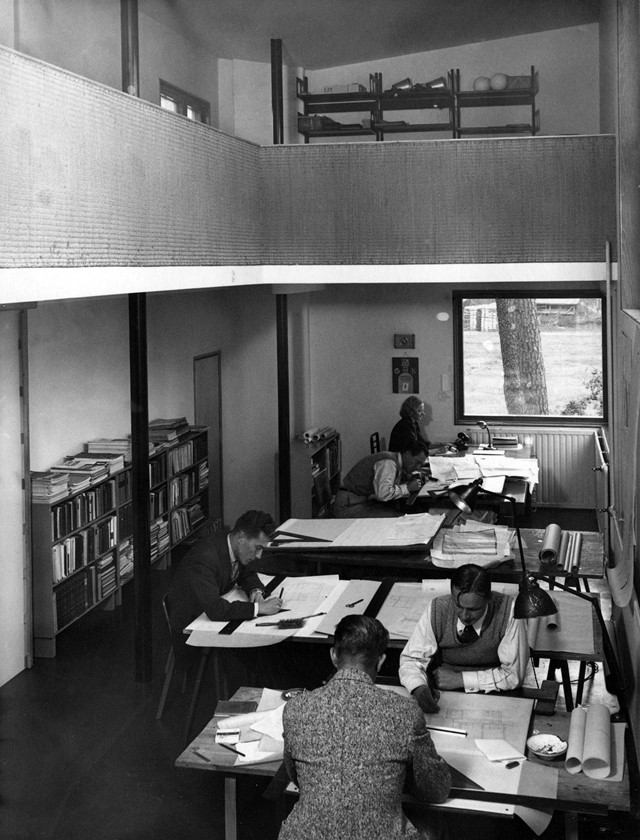
With thanks to Artek.
